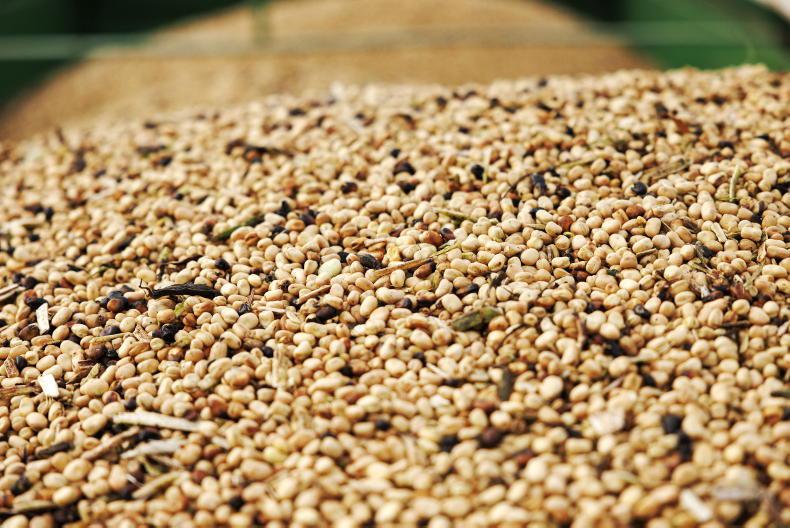Adding value to Irish grain and pulses is now seen as part of the future of the tillage sector in Ireland.
Prof Mark Fenelon, head of the Food Programme in Teagasc, discussed the potential to create more value from our grains and pulses through plant processing at the recent Teagasc National Tillage Conference.
Over the past 50 years, the dairy sector has evolved to increase the value from every litre of milk by processing raw milk into a vast array of products, including cheese, butter and milk powder.
By products from these processes, such as whey, have a high nutritional value and can be used as food ingredients or in non-food applications.
Breaking milk down into its components through these processes has increased the value that can be extracted from every litre of milk and has also allowed for the export of dairy products with a long shelf life.
As plant-based diets become more popular, there is a growing potential to now do this for Irish grains, particularly pulses.
U-Protein and Valpro projects
Two projects, U-Protein and Valpro, are conducting research into how this may be realised in an Irish context.
After legume crops, such as beans, peas and lupins are harvested, they are dehulled and milled. Protein isolates can then be created from these pulses. These isolates contain c.90% protein and have a multitude of uses as food ingredients.
Nutritional beverages and protein flours have been successfully created from these isolates. These products are being tested for their digestibility, nutritional value, protein profile and their taste. It is also important to ensure that these powders are soluble.
Rapid testing techniques have been established to speed up the testing processes for these isolates and finished products.
Digital platforms and tools are also being evaluated to see how they can improve the efficiency of the processing phase.
Novel opportunities for bean hulls and the remaining parts of the plant after protein extraction are also being examined, with a new drying system for these byproducts in the testing phase.
The residue remaining after protein extraction has been shown, through Teagasc research, to produce food pigments such as ß-carotene in a laboratory setting, which can be valuable in the food industry.






 This is a subscriber-only article
This is a subscriber-only article










SHARING OPTIONS: